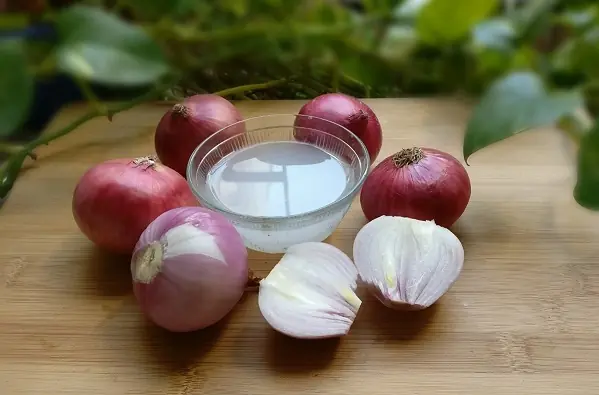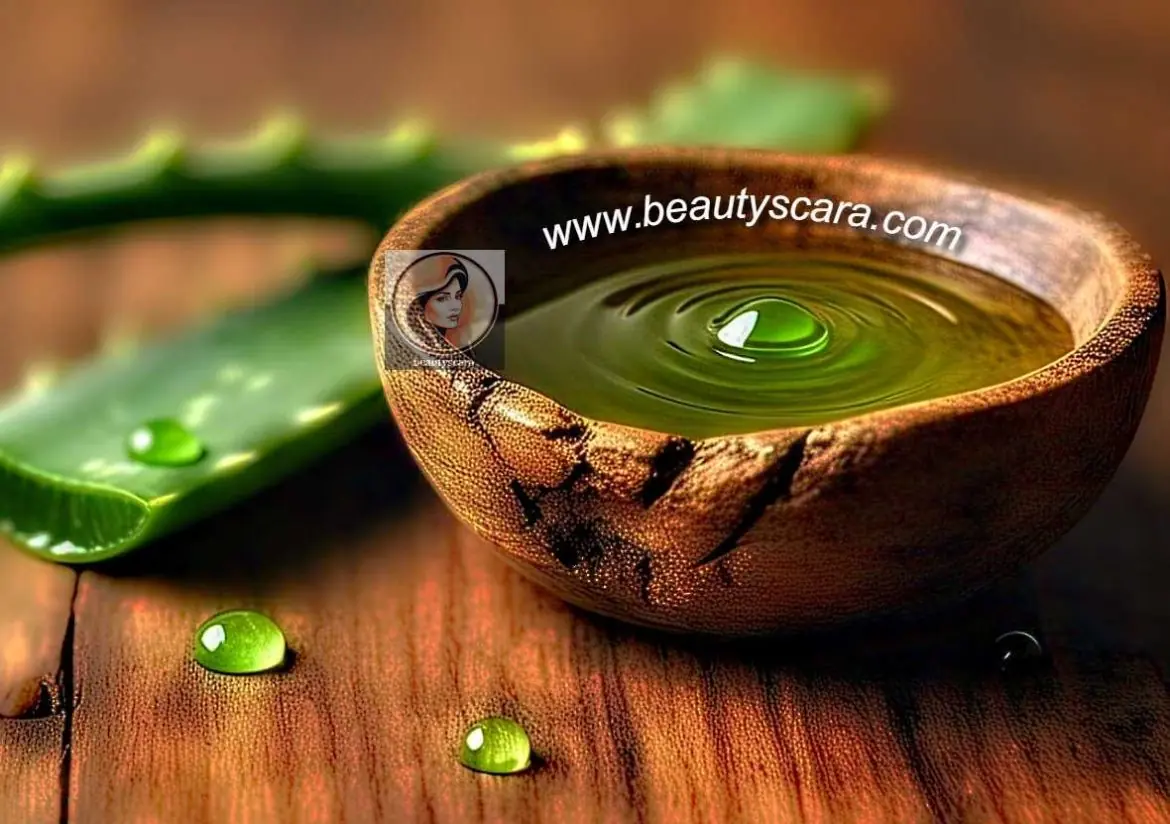
10 Amazing Benefits of Sumac You Need to Know
Sumac: The Ancient Super Spice That Belongs in Your Kitchen
Have you ever sprinkled a tangy, crimson spice on your meal and wondered about its secrets? Sumac, a vibrant and flavorful spice native to the Middle East, is used in more than 60% of traditional Mediterranean dishes—yet it often goes unnoticed in Western kitchens. Derived from the dried berries of the Rhus coriaria plant, sumac offers far more than just a citrusy punch to your food.
This underappreciated spice is loaded with antioxidants, anti-inflammatory compounds, and essential nutrients that can boost heart health, improve digestion, and enhance skin vitality. While ancient herbalists used it for everything from wound care to fever reduction, modern research is finally beginning to validate its wide-ranging health benefits.
In this guide, you’ll discover 10 compelling reasons to make sumac a daily staple. From simple recipes to science-backed wellness perks, this guide will show you why sumac deserves a permanent spot in your kitchen—and how it can elevate both your meals and your overall health.
A Nutrient-Rich Spice with Ancient Roots
Sumac is more than a culinary delight—it’s a nutritional powerhouse. It delivers a wide range of health benefits in just a small amount, making it a low-effort, high-impact addition to any diet. Rich in antioxidants like quercetin and gallic acid, sumac helps combat oxidative stress that contributes to aging and chronic diseases.
In fact, a 2020 study in Antioxidants found that sumac exhibits higher antioxidant activity than many common spices, even outperforming turmeric in certain measures. And with only 10 calories per tablespoon, it’s a guilt-free way to enhance flavor and nutrition.
Beyond antioxidants, sumac contains:
-
Vitamin C – supports the immune system and skin health
-
Dietary fiber – promotes digestion and satiety
-
Calcium and magnesium – vital for bone strength and nerve function
-
Organic acids – give sumac its tangy taste and aid in digestive enzyme activity
For centuries, sumac has been a staple in Persian, Turkish, and Levantine cuisines, prized not only for its bold taste but also for its healing properties. Whether sprinkled on hummus or used in spice rubs, it adds both depth and wellness to your plate.
Nutritional Profile of Sumac
| Nutrient | Amount per 1 tbsp | Health Benefits |
|---|---|---|
| Antioxidants | Very high | Neutralizes free radicals, reduces inflammation |
| Vitamin C | 2 mg | Boosts immunity, skin regeneration |
| Fiber | 0.5 g | Supports gut health, prevents overeating |
| Calcium | 10 mg | Promotes bone strength and muscle function |
| Organic Acids | Present | Aids digestion, contributes to detoxification |
1. Support Heart Health with Every Sprinkle
Sumac is packed with heart-friendly nutrients that help protect against cardiovascular disease. Quercetin, a key antioxidant in sumac, reduces LDL cholesterol oxidation, which is a major risk factor for arterial plaque buildup.
A 2019 study in Journal of Medicinal Food found that sumac extract significantly lowered blood pressure and improved lipid profiles in animal subjects. It also contains potassium, which helps relax blood vessels and reduce hypertension.
Real-life example:
Sarah, a 48-year-old teacher with a family history of heart disease, began adding sumac to her meals—salads, grilled meats, even soups. After six months, her LDL cholesterol dropped by 8%, and her blood pressure improved noticeably.
Heart-Healthy Sumac Ideas:
-
Mix with olive oil, garlic, and lemon juice for a tangy salad dressing.
-
Sprinkle on grilled salmon or chicken for a flavorful antioxidant boost.
-
Add to roasted vegetables like carrots or cauliflower for extra zing.
2. Boost Digestion and Gut Wellness
If you experience bloating, indigestion, or sluggish digestion, sumac could be a gentle yet effective solution. Its organic acids—especially malic and citric acid—stimulate the secretion of digestive enzymes, enhancing nutrient breakdown and absorption.
A 2021 study in Food Science & Nutrition highlighted sumac’s ability to improve gut flora by promoting beneficial bacteria while suppressing harmful microbes.
Case study:
Omar, a 35-year-old chef, began drinking sumac tea after meals. Within a week, he noticed less bloating and more regular digestion.
Digestive-Friendly Sumac Uses:
-
Tea: Steep 1 tsp of ground sumac in hot water for 5 minutes.
-
Snack: Add to yogurt with a drizzle of honey for a probiotic-rich treat.
-
Soups: Stir into lentil or vegetable soups for a digestion-boosting twist.
3. Fight Inflammation and Pain Naturally
Chronic inflammation is the root of many diseases, including arthritis, heart disease, and even cancer. Sumac’s polyphenols—particularly gallic acid—have powerful anti-inflammatory effects that help soothe the body at a cellular level.
A 2022 study in Inflammation Research found that sumac extracts reduced inflammatory markers like TNF-alpha and IL-6, both of which are associated with joint pain and autoimmune issues.
Example:
Lisa, a 40-year-old marathon runner, added sumac to her recovery smoothies and noticed significantly reduced muscle soreness and joint stiffness after just one month.
Anti-Inflammatory Sumac Recipes:
-
Blend with berries, turmeric, and spinach in a post-workout smoothie.
-
Use in a marinade with garlic, ginger, and olive oil.
-
Toss with roasted chickpeas for a crunchy anti-inflammatory snack.
4. Enhance Skin Health and Slow Aging
Want radiant, youthful skin from the inside out? Sumac’s high levels of vitamin C and quercetin help protect skin cells from UV damage, stimulate collagen production, and reduce signs of aging like wrinkles and dullness.
A 2018 study in Journal of Cosmetic Dermatology showed that topical sumac extract reduced acne-causing bacteria and improved skin texture.
Real-world use:
Aisha, a 29-year-old graphic designer, started applying a DIY sumac face mask and drinking sumac tea. After two weeks, her acne reduced, and her skin looked noticeably brighter.
Sumac Skin Care Tips:
-
Face mask: Mix 1 tsp sumac with 1 tbsp honey. Apply for 10 minutes, then rinse.
-
Beauty tea: Sip sumac tea twice a week to nourish skin from within.
-
Smoothie boost: Add a pinch to berry smoothies for added glow.
5. Support Blood Sugar Control
Sumac’s polyphenols also support insulin sensitivity and help regulate blood glucose levels, making it beneficial for people with prediabetes or type 2 diabetes.
A 2020 study in Diabetes Research and Clinical Practice reported that people supplementing with sumac experienced a 13% drop in fasting blood sugar over three months.
John, a 55-year-old retiree, began using sumac in daily meals like lentil stews and quinoa salads. Within three months, his blood sugar levels stabilized, and his energy improved.
Blood Sugar-Friendly Sumac Uses:
-
Add to brown rice or quinoa bowls.
-
Sprinkle on grilled eggplant or sweet potatoes.
-
Mix into hummus or tzatziki for a diabetes-friendly dip.
How to Use Sumac in Your Daily Routine
Sumac is as versatile as it is flavorful. Its tangy, lemon-like flavor pairs well with meats, vegetables, grains, and even sweet dishes. Here’s how to get started:
| Method | How to Do It | Best For |
|---|---|---|
| Sprinkle | Dust over salads, meats, or hummus | Quick flavor and antioxidant boost |
| Tea | Steep 1 tsp in hot water for 5 minutes | Digestion, skin, and anti-inflammatory use |
| Marinade | Mix with olive oil, lemon, and herbs | Grilled meats and vegetables |
| DIY Mask | Blend with honey and yogurt for skin care | Acne, dryness, and glow |
Storage tip: Keep your sumac in an airtight container in a cool, dark place. It stays fresh for up to a year.
Pro Tip: Start small—½ tsp per meal is enough to enjoy the benefits without overwhelming the flavor.
Frequently Asked Questions
Is sumac safe for everyone?
Yes, sumac is safe in culinary amounts. However, people allergic to cashews or pistachios (related plants) should consult a doctor before using it.
How much should I consume daily?
Start with ½ to 1 tsp per meal, up to 1 tbsp per day. Higher amounts may cause mild stomach upset in sensitive individuals.
Where can I buy quality sumac?
Look for deep red, finely ground sumac at Middle Eastern markets, spice stores, or reputable online retailers.
Can sumac replace lemon in recipes?
Absolutely. Its citrusy tang makes it a perfect substitute for lemon in dressings, marinades, or dips.
News in the same category


30 Powerful Reasons You Should Stop Ignoring Purslane

Fenugreek Oil for Hair Growth: Unlock Thicker, Healthier Hair Naturally

How to Naturally Dye Your Gray Hair with Onion Peels: Simple and Effective Home Remedy

Why You Should Always Sleep on the Left Side of the Bed: 8 Health Benefits Backed by Science

How to Naturally Dye Your Gray Hair with Onion Peels—No Surprises, Just Beautiful Results

How to Use Onions to Heal Cracked Heels at Home

Carrot, Beetroot, and Apple Juice: A Nutrient-Packed Blend with Potential Health Benefits
News Post

A Trick to Repel Rats Using Common Household Ingredients, Keeping Your Home Clean, Fresh, and Rat-Free

Place a Face Mask in the Refrigerator: A Small Trick with Unexpected Results

Put Ice Cubes in Your Clothes Dryer, and You’ll Be Surprised by the Results

Why You Should Put Coins in the Refrigerator?

Tips for Choosing Good Avocados: Don't Be Tempted by Large Ones, They Are 'A Waste of Money'.

Natural Home Remedies for Ingrown Toenails That Bring Quick Relief

This Is What Happens to Your Body When You Start Eating Raw Garlic

What Those Red Spots on Your Skin Are Warning You About and How to Remove Them Naturally

Small Morning Habits That Many Overlook but Boost Blood Flow and Energy

How to use Onion juice & Onion Hair Oil for Hair Growth – Onion Benefits for Hair

What it says about your relationship when your partner sleeps with their back to you

Woman Urged to See Doctor After Spotting Concerning Line

Homemade Okra Face Gel – Collagen Gel for Glowing Skin

Groups of People Who Need to Avoid Eating Bread

What those strange skin patterns might really mean

Should You Eat Rice for Breakfast

Preventing Stroke At Any Age: 3 “Don’ts” After Meals—And 4 “Don’ts” Before Bed

Why You Should Stop Using Petroleum Jelly On Your Skin (It’s a Byproduct of the Petroleum Manufacturing Process)

Foods that can ease swelling in hands and feet
